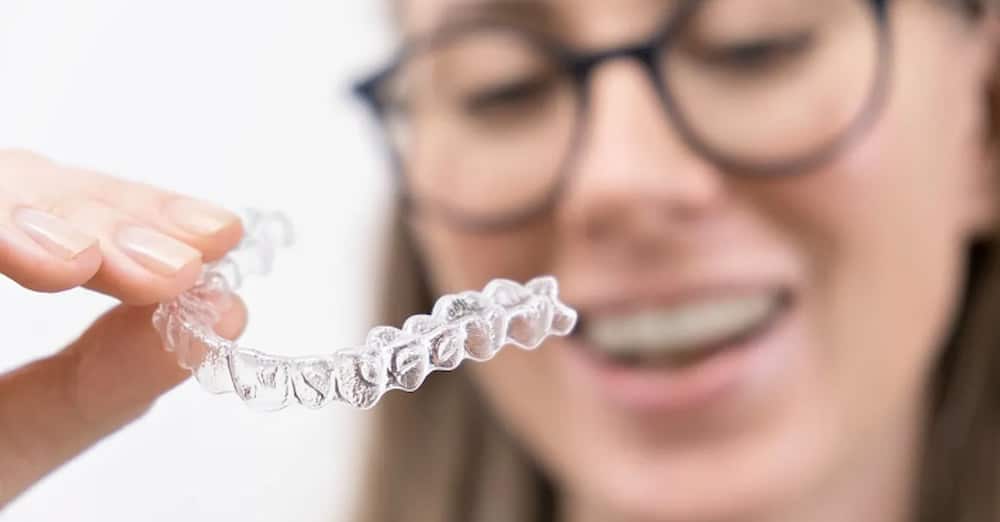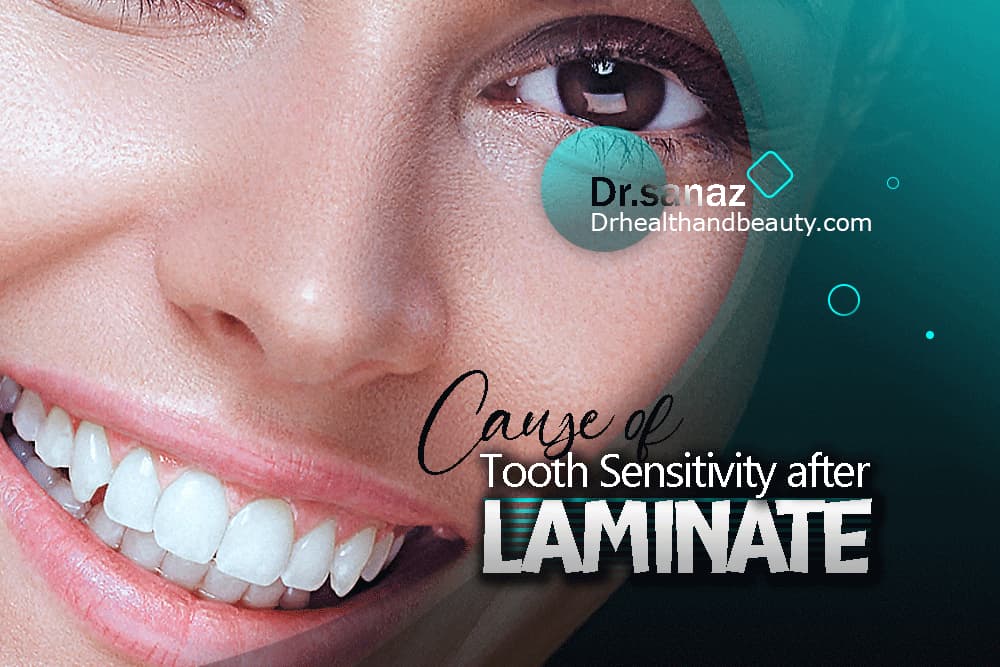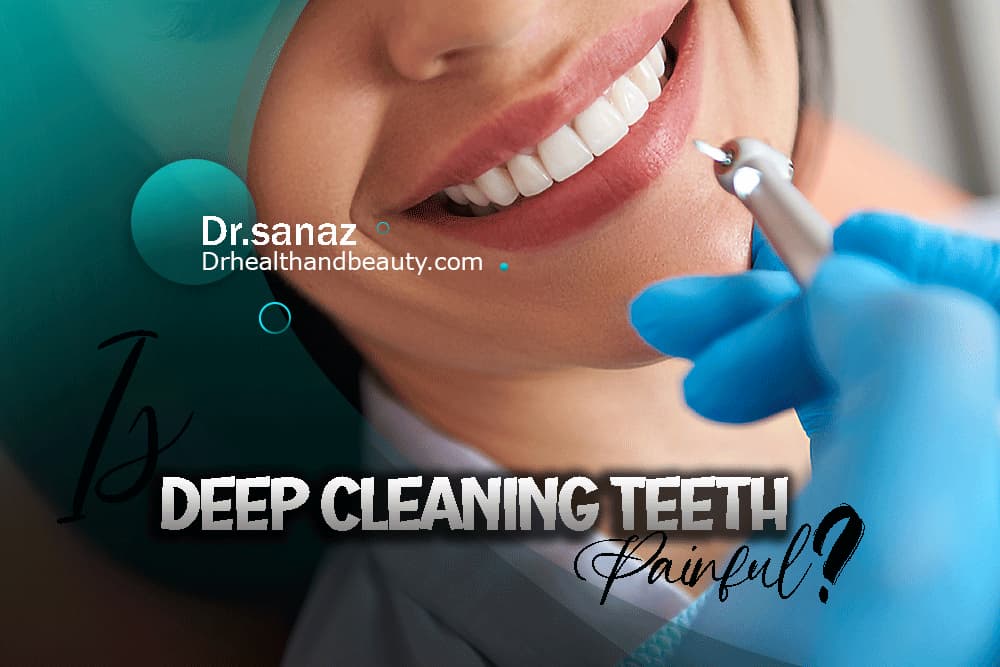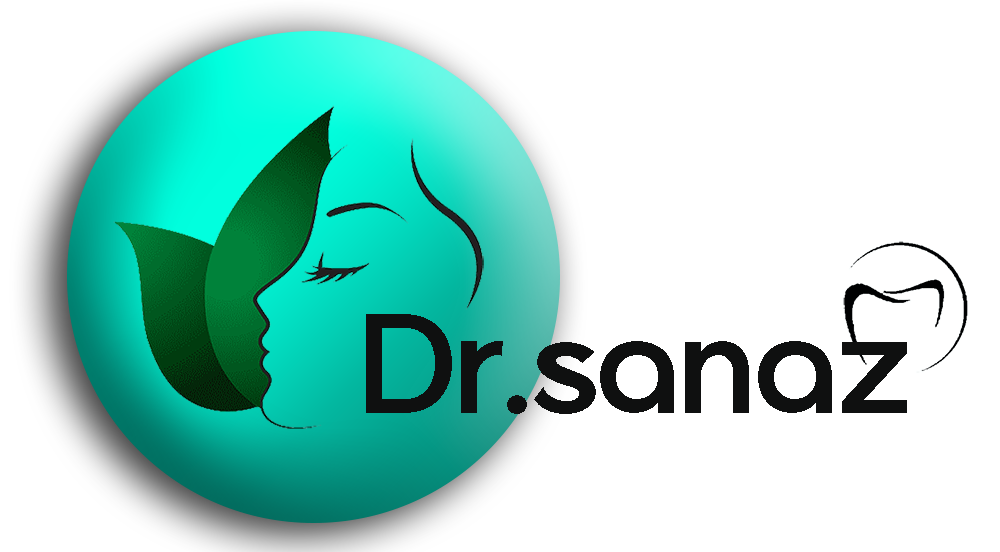

What Is The Hardest Part Of Getting Braces?
Table of Contents
Are you considering getting braces to straighten your teeth? You’re not alone!
Braces are one of the most common forms of orthodontic treatment, and they can do wonders for improving your smile and boosting your self-esteem.
A beautiful smile with neat teeth is one of the essential criteria for facial beauty. There are different methods to arrange the teeth, which in addition to improving the appearance of the smile design, can help the health of the teeth and easier compliance with their hygiene.
It is necessary to know that misaligned teeth cause jaw displacement, pressure on gum tissue and gum diseases, and tooth loss.
Unfortunately, not everyone is born with a charming and charming smile, but fortunately, a beautiful smile can be acquired, and there are various ways to achieve a perfect and dreamy smile.
In this article from drhealthandbeauty, we’ll answer all your questions about braces, from what they are to how they work, and how much they cost.

Various methods of straightening and aligning teeth?
There are no more than four general ways to align teeth:
- Orthodontic treatment of the tooth is solved by moving the crown and root of the problem root.
- Dental laminate treatment methods that shave or add materials of the same color, the teeth appear lined up, and the teeth whitening method is also performed.
- Aligning the teeth with composite veneer, which in this method, like restoration with lamination, to correct slight irregularities, materials of the same color were added to the surface of the teeth and made their appearance uniform.
- The more disastrous situation is that in some people, crooked teeth are pulled out, and artificial teeth are replaced with dental implants but placed in a row. Beauty methods such as bleaching have fewer side effects, but unfortunately, all these methods are troublesome if misused without a skilled doctor.

types of braces
One of the central and essential tools and devices needed in orthodontic treatment is a brace consisting of different components such as brackets, wire, braces, and orthodontic elastics and has different types.
Braces are generally divided into five categories, and this division is done according to the degree of visibility, location, and manner of placement, as well as the type of braces and brackets.
Types of braces:
- metal brace
- Ceramic
- Self-ligating
- behind the teeth or lingual
- Invisible orthodontics has its advantages and disadvantages.

Metal braces
One of the affordable and practical braces that most people are familiar with is metal. All wires and brackets are made of metal and fixed-color steel in this type of brace. They have advantages and disadvantages that we mention below:
- Advantages of metal braces
- This type of brace is economical and has a reasonable cost.
- This brace is resistant and does not break against impact and pressure.
- To make this type of braces attractive, there are various colored braces that most children and teenagers use.
- Advantages of metal braces
- Disadvantages of metal braces
- They are precise and prominent, and besides being characterized by the opening of the mouth,
- they also change the position of the jaw and mouth and lead to the prominence of the mouth and jaw.
- Disadvantages of metal braces

-
Clear ceramic braces
Another type of orthodontic brace is a transparent ceramic brace. Due to high transparency, they are invisible and cannot be seen well.
Related: “One tooth sensitive to cold“
Ceramic braces are mainly used for those sensitive to the visibility of orthodontic wires and brackets and do not want their face and smile to be disturbed. These braces have various advantages and disadvantages, which we mention below:
-
- Advantages of ceramic braces
- they are not visible, and because of their transparency, they are invisible and hidden compared to metal type.
- they work very quickly and move the tooth in the shortest possible time.
- Advantages of ceramic braces
- Disadvantages of ceramic braces
- they are more expensive than metal type.
- they require more care and time to clean.
- The brackets of this type of brace are easily stained.

Lingual braces
Another type of orthodontic brace is the lingual or back tooth brace, which is entirely similar to metal type.
The only difference between this brace and a metal brace is that it is installed secretly; instead of in the front of the jaw and on the teeth, it is installed in the back of the jaw and behind the teeth. This brace also has various advantages and disadvantages that we will mention below.
- Advantages of lingual braces
- they are not visible because they are placed behind the teeth and are very suitable for sensitive people and adults.
- Advantages of lingual braces
- Disadvantages of lingual braces
- they are more expensive compared to other ones.
- they require maintenance and are difficult to clean.
Installing - they are also tricky compared to other braces.
After installing the brace, a person may face swallowing, speech, and language problems for up to two weeks.
- Disadvantages of lingual braces

Damon’s braces
Another type of orthodontic brace is the advanced Damon brace, which has unique and advanced technology and is automatically adjusted. Today, most orthodontists use this type of brace.
In this type of brace, brackets with a clip or door system are used instead of elastic. They are available in ceramic and metal types but may only suit some patients. They have various advantages and disadvantages, which we will mention below:
- Benefits of Damon braces
- they are adjusted automatically and do not require frequent visits to the orthodontic clinic.
- they are easy to clean.
- they work quickly and cause the teeth to move faster to their original place.
- they require fewer adjustments because the clips replace the orthodontic elastics.
- They are less noticeable than invisible braces.
- Benefits of Damon braces
- Disadvantages of Damon braces
- They make people feel prominent because orthodontic elastics do not cover them.
- Disadvantages of Damon braces

Invisible brace
This brace is custom-made and, according to accurate calculations, uses clear and moving plastic layers, and it gradually straightens crooked and untidy teeth.
They do not need to be changed and adjusted to tighten continuously and are changed once every two weeks.
Invisible braces do not have brackets and orthodontic wires, so it is easier to maintain oral hygiene in this type of brace. These braces also have various advantages and disadvantages that we will explain below:
- Advantages of invisible braces
- It is invisible, and for this reason, no scratches or color changes occur in it. Therefore, the person does not have any dietary restrictions.
- Cleaning the mouth and brushing the teeth in this type of brace is straightforward.
- They are very suitable for people concerned about their appearance’s beauty because they are invisible and do not show.
- Advantages of invisible braces
- Disadvantages of invisible braces
- they are expensive and have a high cost.
- They cannot be used for severe jaw and teeth problems and are only suitable for young people or adults.
- They may be lost during treatment and must be remade and repaid.
- Disadvantages of invisible braces

what is the most challenging part of getting braces?
In order to install an orthodontic brace, you must go through the steps that we will describe in this section:
- after the necessary examinations, the orthodontist cleans the teeth and allows the patient’s teeth to dry.
- After the teeth are dry, he installs the desired brackets using special glue on the patient’s teeth or behind the teeth.
- After installing the brackets, the wire or the elastic and malleable strips are closed ring-like around one of the patient’s last and rear teeth, creating an anchor for the brace and wire.
- After closing the wire and creating an anchor, he uses a separator or spacer and places it between the patient’s dental space. Then, with the help of this device, he guides the jaw forward. Of course, not all people need this separator; others will also need this tool for 1 to 2 weeks.
- In the next step, the orthodontist passes the arched orthodontic wires between the grooves on the brackets and connects them.
- In the next step, the orthodontist uses a buccal tube metal device or tool to adjust the looseness or tightness of the braces.
- an orthodontic specialist may sometimes use an orthodontic spring due to the gap between the teeth. In this case, the spring is placed between the brackets, and when the pressure is applied, the teeth are separated as much as needed.
This step may be the most challenging part of getting braces.
Which age is best for braces?
The best time to use orthodontics is when the milk teeth have fallen and most permanent teeth have grown.
This time is usually between 10 and 14 years old. However, the exact time depends on the child’s teeth and jaw condition. Each person’s teeth differ, so no specific age is best for orthodontics.
The two main factors are the presence of adult teeth and the eruption of molars at the age of 12.
Dentists and orthodontists provide very different services but are both oral and dental specialists.
It is essential to know that most orthodontists believe that a child should have an orthodontic evaluation around age seven; therefore, even if your child May not need braces until age 10-14, best to have an initial evaluation around age 7.
However, orthodontics is not limited to children. If you could not do orthodontics as a child or in it, you can do it as an adult. If you are concerned that traditional metal brackets are too visible, invisible orthodontics is an excellent option.
In this method, you use a series of clear plastic aligners that you can remove from your mouth to eat, drink, and brush your teeth.

Which braces are a faster effect?
With fast teeth braces, treatment is typically about 50% faster than regular fixed braces.
Treatment time depends on the case’s complexity; minor cases may be completed within three months, while more complex cases usually take between 10 and 12 months.
Quick braces work differently than regular fixed braces; typically, fixed braces move the veneers and then the root portion of the teeth.
Rapid braces move the root portion of the teeth from day one, meaning the entire tooth moves together, dramatically reducing treatment time.
Quick braces use triangular brackets, not square brackets, which increase the flexibility of the wire, and only one wire is used, so the brace is slim and light.
Rapid Treatment Braces technology is fast, safe, easy, and cost-effective, using the patented triangular design of the braces, edge-cutting techniques, and special heat-activated wire, revolutionizing the field of orthodontics.
Which type of braces are the cheapest?
The price of orthodontic treatment depends on various factors. These factors include geographic location, expertise and experience of the orthodontist, the type of orthodontics chosen, the time required for treatment, and the amount of compensation and correction of dental problems.
Orthodontic expenses include claims for related appointments and meetings, orthodontic devices, and diagnostic processes such as photography.
For more detailed information about the price of orthodontics for four front teeth, it is recommended to consult an orthodontist to get the best price estimate based on your specific case.
In general, the cost of orthodontics depends on various factors, and it is impossible to say precisely which method is cheaper. However, removable orthodontic methods are cheaper than fixed orthodontics.
The cost of lingual orthodontics is more than the usual method of fixed orthodontics. Like Damon and ceramic systems, lingual prices exceed regular fixed orthodontics.

Will braces be worth it? (scientific reasons)
Indeed, this method has a high value in giving you a beautiful smile, and orthodontic braces are viral thanks to their effectiveness in correcting dental malocclusions.
However, it is better to check this issue with your dentist, considering your general condition, before deciding to start treatment.

What are the side effects of wearing braces?
Dental orthodontics is by no means a dangerous treatment method. Dentists would not perform this treatment for anyone if it were supposed to be a complication to arrange the teeth.
We have no such thing as orthodontic complications, but we have advantages and disadvantages like any other dental procedure.
Dental orthodontics has many advantages and may have minor disadvantages or disadvantages in some cases and for some clients, which it is better to familiarize yourself with before deciding to start the treatment:
- Mild pain during the first days
- Scarring of soft tissue in case of fracture of orthodontic components
- Risk of gum infection (rare and occurs in people who have gum disease or poor oral hygiene)
- Analysis of tooth enamel
- root shortening (rare)
- Aggravation of oral and dental problems
- Creating stains on the teeth (temporary and only in some people)
- The possibility of implant failure (if the implant is done before orthodontics)
As you have read, orthodontics has no side effects, and there are only a few negative and minor points about it.
Related “Tooth Infection Swelling“
However, the main problem is when we do not perform orthodontic treatment despite the teeth needing to be in order. It is not doing orthodontics that is dangerous, not the order of the teeth.
Related: “Treatment Of Tooth Infection Swelling“

Conclusion
Specialized dental orthodontics is one of the subcategories of dental science, which is the science of pairing irregular teeth and the problems related to pairing teeth with dental.
braces as an Orthodontic treatment are performed to establish a better relationship between teeth and jaws. With these treatments, we not only achieve more beauty, but we can also prevent more caries due to misalignment and overlapping of some teeth or distance between teeth by observing hygiene.
By putting the teeth in their place and creating correct jaw relations, this method causes better pronunciation of letters and words by the patient and, ultimately, his presence in society with confidence.
Due to the many treatments and the variety of oral and dental conditions, you should see a dentist to determine whether you need braces because alternative treatments are possible.
Share in :
Explore more


What Is The Cause Of Tooth Sensitivity After Laminate?- Drhealthandbeauty



2 Responses
The article information was really helpful but Is there an easier way to straighten teeth than braces? the thought of having an extra thing in my mouth for a while bothers me
Thank you for your cooperation
there are several alternatives that are designed to be more comfortable and less visible than traditional braces, including:
1. Clear aligners
2. Lingual braces
3. Lingual brackets
4. In-office orthodontic treatments
Each of these alternatives has its own benefits and drawbacks.
We will discuss each of them in an article as soon as possible.